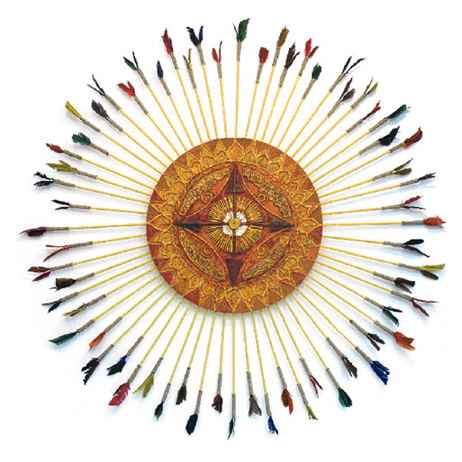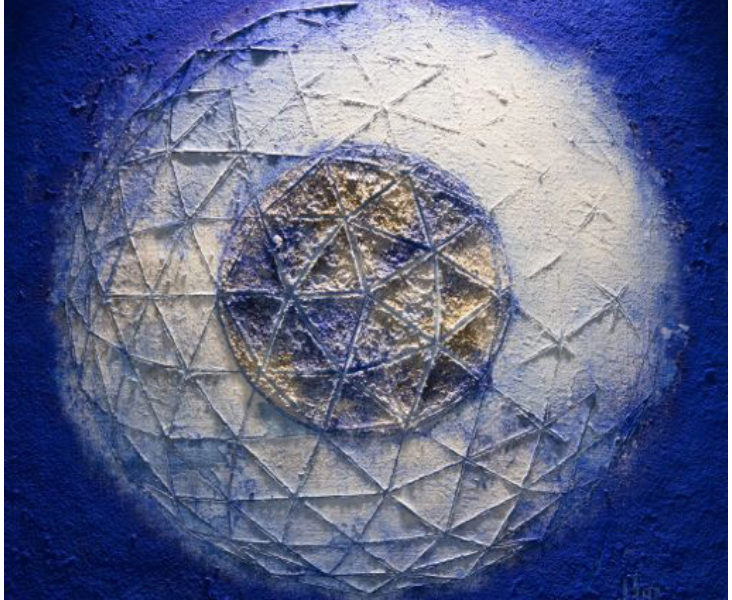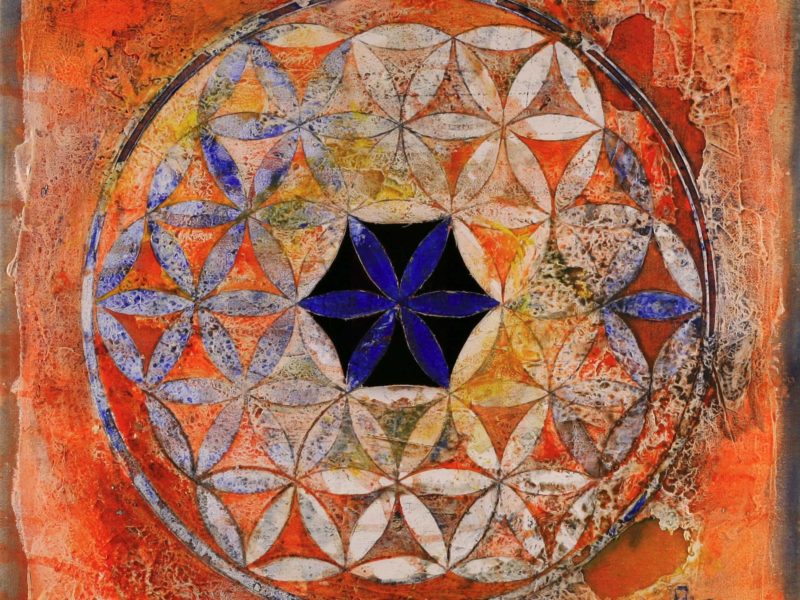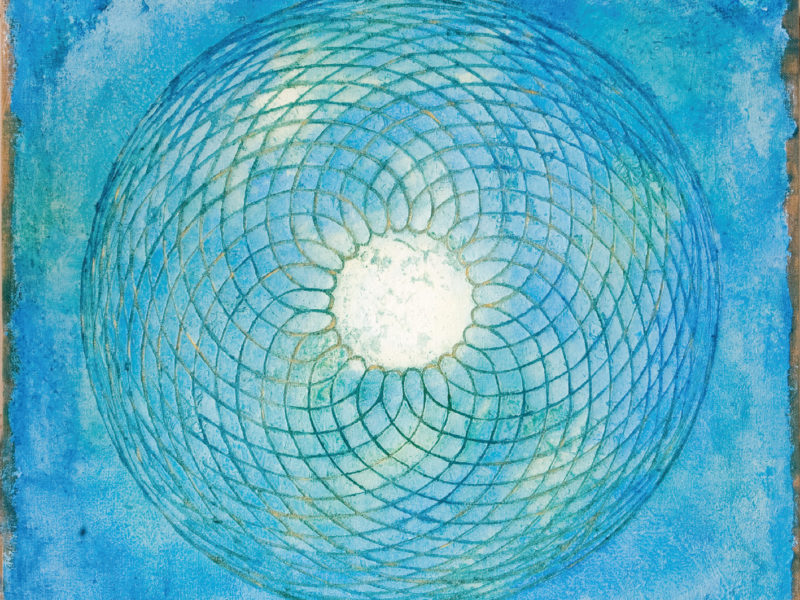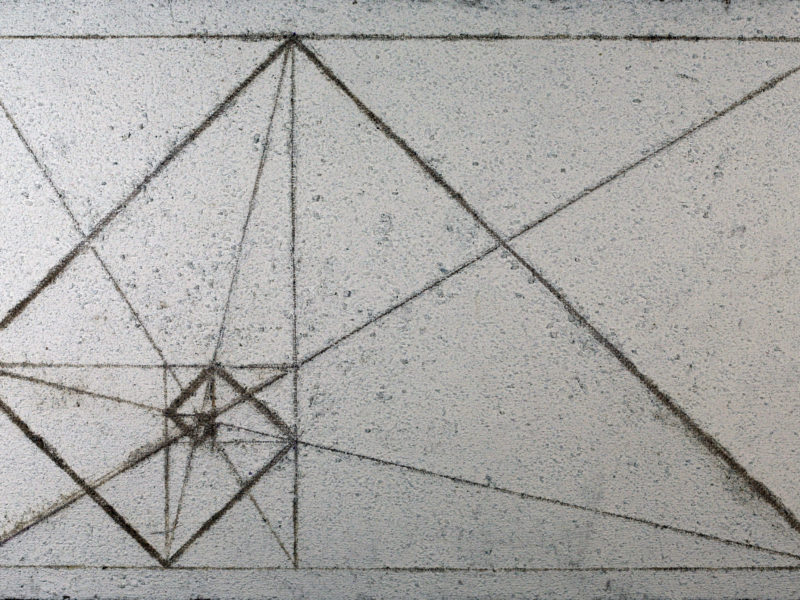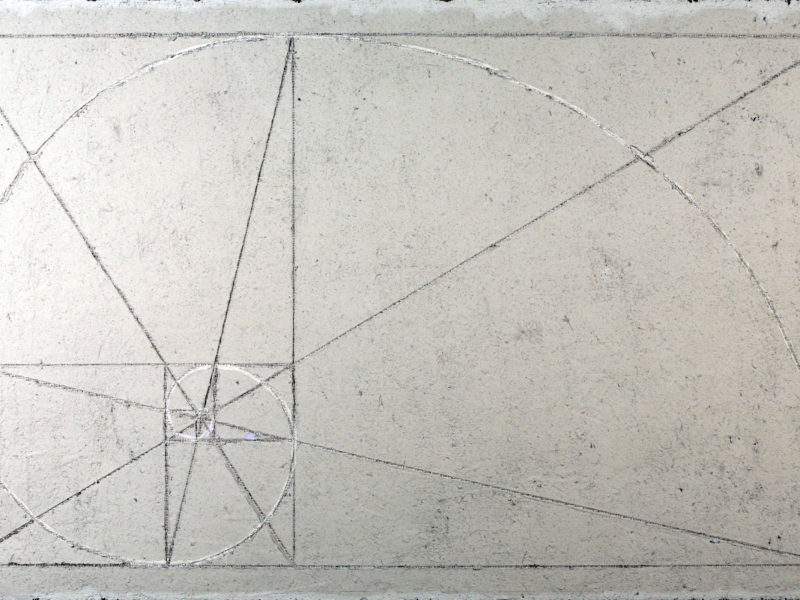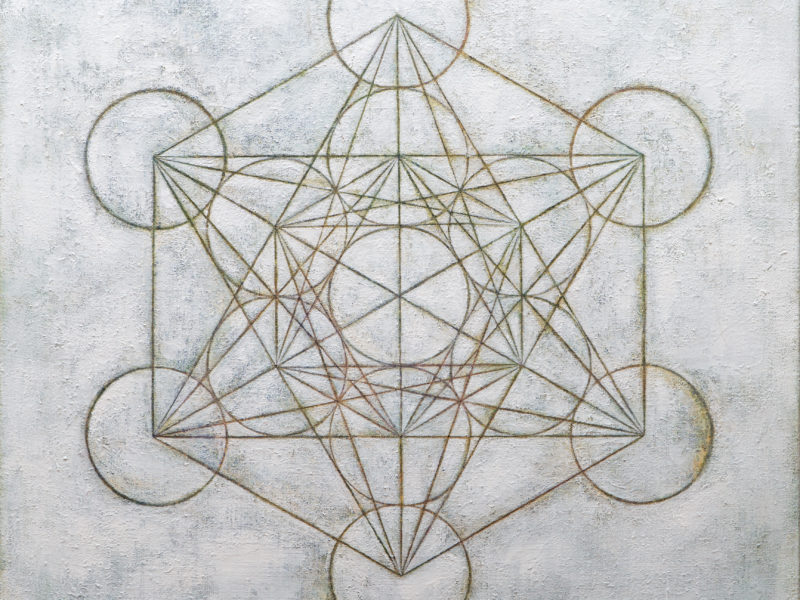Katriya, il guerriero
Katriya, il guerriero
Katriya, il guerriero
2008 – Tecniche miste su legno,
diametro 130 cm
Katriya, the warrior
2008 – Mixed techniques on wood, diametre 130 cm
Il termine Mandala deriva dal sanscrito (“manda” essenza e “la” contenere o possedere) può essere tradotto come: “cerchio-circonferenza” o “ciclo”. Il termine è associato alla cultura Veda e in particolare modo alla raccolta di inni o libri chiamata Rig Veda. La parola indica, inoltre, un diagramma di base circolare o quadrata, costituito sovente da una composizione di figure geometriche. Le più usate sono: il cerchio, il quadrato e il triangolo. Il disegno del Mandala, pur rivestendo un significato spirituale e rituale sia nell’Induismo che nel Buddismo, ha un carattere simbolico e universale che compare in tempi diversi in ogni cultura. Ritroviamo esempi di figure mandaliche nei rosoni delle chiese medievali, nelle piante di diversi templi sudamericani, greci, etruschi, romani e nella cultura dei Nativi Americani che collocavano la persona da curare al centro di un cerchio disegnato sul terreno. L’idea del cerchio si ritrova anche in numerose danze popolari.
Il Mandala rappresenta simbolicamente le energie spirituali individuali e dell’universo. Il Mandala negli ideogrammi alchemici e nella Geometria Sacra viene anche definito un cosmogramma, grafico del cosmo, che rappresenta cioè una cosmologia, una filosofia.
The term Mandala comes from Sanskrit (“manda” essence and “la” contain or possess) can be translated with “circle circumference” or “cycle”. The term is associated with the Veda culture and in particular with the collection of hymns or books called Rig Veda. Moreover, the word indicates a circular or square basic diagram, often consisting of a composition of geometric figures. The most used are: the circle, the square and the triangle. The design of the Mandala, even if it has a spiritual and ritual meaning in both Hinduism and Buddhism, has a symbolic and universal character that appears at different times in every culture. We find examples of Mandalas in the rose windows of medieval churches, in the plans of various South American, Greek, Etruscan, Roman temples and in the culture of Native Americans who used to put the person to be treated in the centre of a circle drawn on the ground. The idea of the circle is also found in many popular dances. The Mandala symbolically represents the spiritual energies of the human being and the universe. In the alchemical ideograms and in Sacred Geometry, the Mandala is also defined as a cosmogram, a graphic of the cosmos, which represents a cosmology, a philosophy.
Geometria Sacra
5 Aprile 2020


